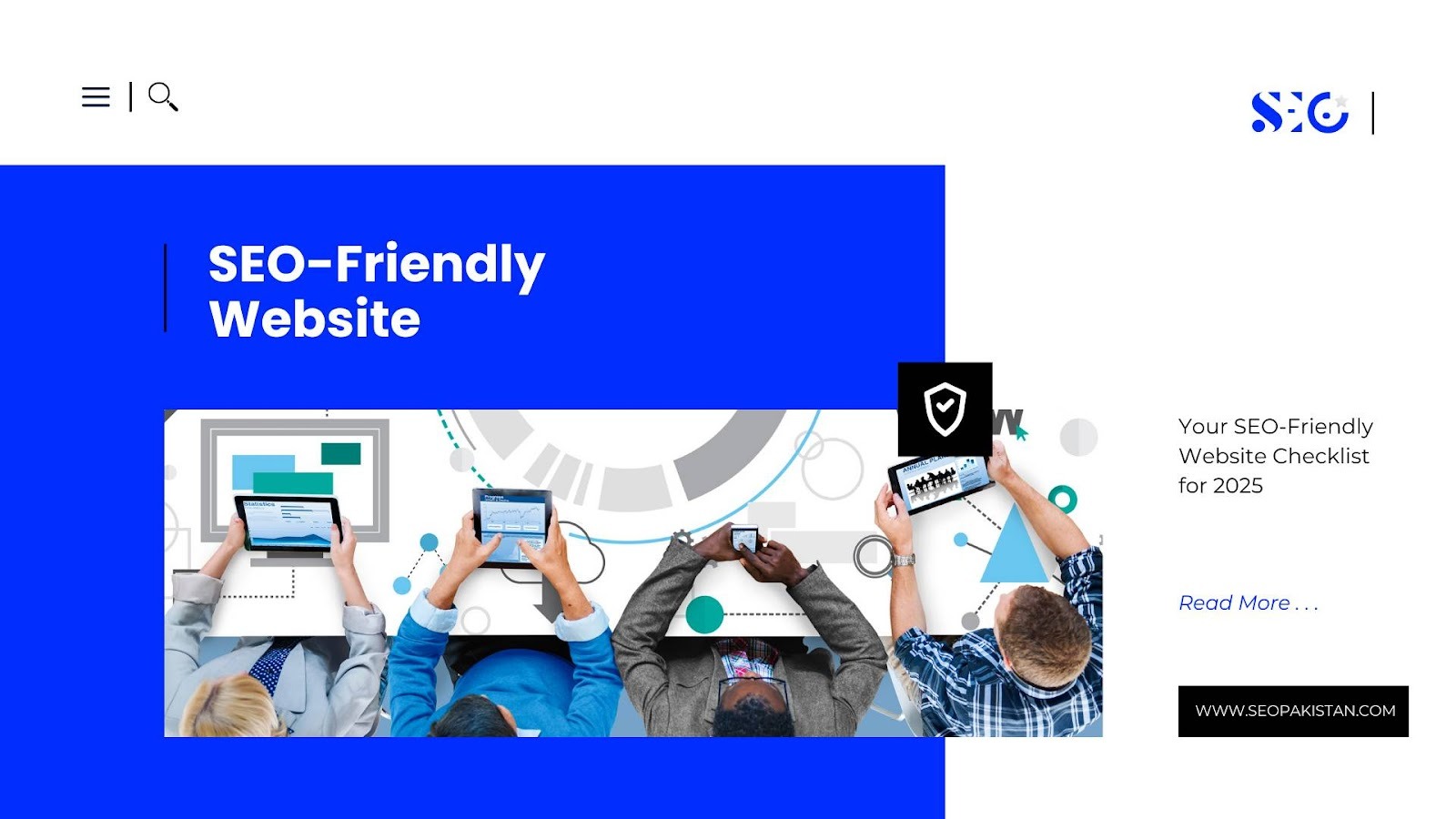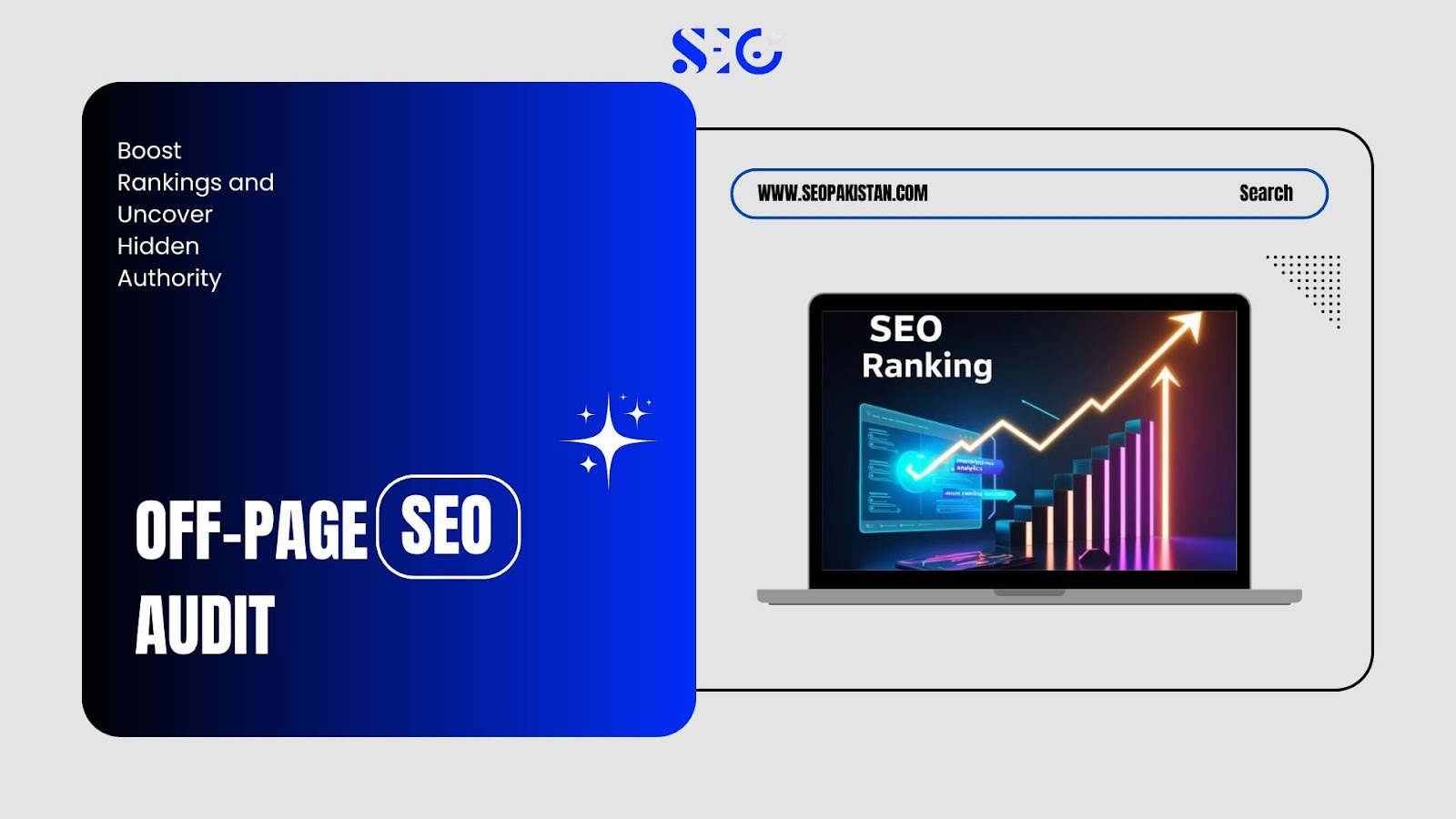Imagine a qualified investor, ready to commit to a multi-million dollar property, clicks on your website. They wait… and wait… the page crawls, images fail to load, and finally, after what feels like an eternity, they hit the back button, moving on to a competitor whose site actually works.
Another deal was lost. Not because your property wasn’t stellar, but because your website failed. Slow-loading pages, broken forms, and hidden technical flaws aren’t just minor glitches; they’re deal-breakers, driving serious investors away and costing you untold opportunities.
The stakes in real estate investment are high. When an investor is evaluating a $500,000 property deal, they expect your website to reflect the same level of professionalism and reliability they demand from their investments.
This comprehensive checklist tackles the key aspects of technical SEO for real estate investor websites. From optimizing Core Web Vitals to implementing schema markup for property listings, these ten points will help turn your website into a conversion-focused asset that drives business growth.
Part 1: Speed and Performance
Point 1: Master the Core Web Vitals (CWVs)
Core Web Vitals directly impact how investors experience your website and whether they trust your expertise enough to engage with your services. What specific metrics determine whether your site passes Google’s performance standards?
Google measures three critical performance indicators that affect user experience and search rankings:
- Largest Contentful Paint (LCP) measures loading speed and should occur within 2.5 seconds
- First Input Delay (FID) measures interactivity and should be less than 100 milliseconds
- Cumulative Layout Shift (CLS) measures visual stability and should be less than 0.1
Use PageSpeed Insights and GTmetrix to audit your current performance. These tools provide specific recommendations for improvement and show how your site performs on both mobile and desktop devices. Set a benchmark of achieving “Good” ratings across all three metrics, as this directly correlates with higher conversion rates and better search engine rankings.
Point 2: Implement Strategic Local Hosting & Image Optimization

Your hosting choices and image optimization strategy directly affect how quickly investors can access your content. For effective Real Estate Investor SEO, the geographic location of your hosting server is a critical factor.
Local hosting reduces latency for your primary market area, creating faster load times for the investors most likely to engage your services:
- Choose hosting servers located in your primary investment market region
- Implement a Content Delivery Network (CDN) to serve content from multiple geographic locations
- Configure caching settings to store frequently accessed pages locally on user devices
Property images consume the most bandwidth on real estate websites. Modern image optimization techniques can reduce file sizes by up to 80% without visible quality loss:
- Convert all property images to WebP format for better compression
- Implement lazy loading to delay image loading until users scroll to view them
- Compress video content and use poster images for video embeds
- Set specific width and height attributes for all images to prevent layout shifts
Point 3: Audit Mobile-First Indexing Compliance
Google now uses the mobile version of your website as the primary source for indexing and ranking. How can you ensure your mobile site provides the same conversion opportunities as your desktop version?
Mobile-first indexing means Google’s crawlers evaluate your site based on the mobile experience. Any missing elements on mobile directly impact your search visibility:
- Verify that all contact forms, CTAs, and conversion elements appear identically on mobile and desktop
- Ensure internal navigation links are fully accessible on mobile devices
- Test that embedded calculators, market analysis tools, and lead magnets function properly on mobile
- Confirm that phone numbers are clickable and email addresses launch mail applications
Use Google Search Console’s Mobile Usability report to identify specific mobile issues. The URL Inspection tool shows exactly how Google’s mobile crawler sees your pages, revealing any content or functionality gaps that could cost you leads.
Point 4: Fix Broken Internal Linking Structure
Broken internal links waste your crawl budget and create frustrating experiences that undermine investor confidence. What happens when a potential client encounters multiple 404 errors while researching your investment opportunities?
Every broken link represents a lost opportunity to guide investors through your expertise and toward conversion. Real estate websites are particularly vulnerable to broken links due to:
- Retired property listings that generate 404 errors
- Updated market analysis reports with changed URLs
- Reorganized service pages without proper redirects
- Broken links to resources, calculators, or educational content
Implement a systematic approach to link maintenance:
- Use Screaming Frog or similar tools to crawl your entire site and identify 404 errors
- Create 301 redirects for all retired property listings to relevant category pages
- Audit internal links monthly, particularly those pointing to time-sensitive content
- Maintain a redirect map documenting all URL changes for future reference
Part 2: Structured Data (Schema) and Indexation
Point 5: Prioritize Investor-Focused Schema Markup

Schema markup helps search engines understand your specialized real estate content and can generate rich results that increase click-through rates. Which schema types provide the most value for real estate investor websites?
Implementing the right structured data markup can dramatically improve how your content appears in search results:
- RealEstateListing schema for individual property pages provides rich snippets with pricing, square footage, and key details
- FAQPage schema captures featured snippets for common investor questions about your markets or services
- HowTo schema for investment guides and educational content can appear in how-to rich results
- Organization schema establishes your business entity and contact information for Google’s Knowledge Graph
Point 6: Optimize Crawl Budget for High-Value Pages
Search engines allocate limited crawling resources to your website. How can you ensure Google spends its crawl budget on your most important conversion-driving pages?
Crawl budget optimization prevents search engines from wasting time on low-value pages while ensuring your priority content gets indexed quickly:
Configure your robots.txt file to block crawler access to:
- Filtered search result pages that create infinite URL variations
- Internal search result pages and query parameters
- Login areas and user account sections
- Duplicate pagination beyond the first few pages
- Development or staging directories
Your XML sitemap should include only canonical, high-value pages:
- Homepage and main service pages
- Individual property listing pages
- Educational content and market analysis pages
- Author profile pages and about sections
- Contact and conversion landing pages
Submit separate sitemaps for different content types (properties, blog posts, pages) to help search engines understand your site structure and prioritize accordingly.
Point 7: Enforce Canonicalization and Site Architecture Hygiene
Real estate websites often create duplicate content through filtered URLs and similar property descriptions. What elements of technical SEO for real estate can prevent this duplication from diluting your search engine authority?
Duplicate content issues arise naturally in real estate through:
- Property listings that appear in multiple categories or locations
- Filtered search results are creating multiple URLs for the same content
- Similar property descriptions across comparable listings
- Market analysis reports with overlapping information
Implement canonical tags strategically:
- Set canonical tags on all filtered and parameterized URLs to point to the main category page
- Use self-referencing canonical tags on original content to prevent future duplication issues
- Implement canonical tags on paginated content to consolidate authority
- Review and update canonical tags when restructuring site architecture
Maintain clean URL architecture by establishing consistent patterns for different content types and avoiding unnecessary parameters that create duplicate versions of the same content.
Part 3: Security, Conversion & Final Audit
Point 8: Secure Your Site with HTTPS and Content Security Policy (CSP)
Security directly impacts investor trust and search engine rankings. Why is SSL certification just the beginning of proper website security for real estate professionals?
HTTPS encryption has become a baseline expectation for any website handling sensitive information. Real estate investor sites collect valuable data through:
- Lead generation forms with contact and financial information
- Property inquiry submissions with investment criteria
- Newsletter signups and market report downloads
- Consultation booking systems with personal details
Beyond basic SSL certification, implement a robust Content Security Policy (CSP):
- Configure CSP headers to prevent cross-site scripting attacks
- Whitelist approved sources for scripts, stylesheets, and embedded content
- Set up CSP reporting to monitor and address security violations
- Regularly audit third-party integrations for security vulnerabilities
In Technical SEO for Real Estate, security badges and trust signals should be prominently displayed on conversion pages to reassure users about the safety of submitting sensitive information through your website.
Point 9: Audit and Fix Conversion Element Errors
Technical SEO must ensure that all conversion-critical elements function flawlessly across devices and browsers. What specific technical issues commonly break the conversion process on real estate investor websites?
Your technical optimization efforts are worthless if conversion elements fail when investors are ready to engage:
Test conversion functionality comprehensively:
- Submit test leads through all contact forms and verify delivery to your CRM
- Test investment calculators and market analysis tools on multiple devices
- Verify that phone number links initiate calls on mobile devices
- Ensure email links properly launch email applications with pre-filled recipient addresses
Configure proper tracking for conversion events:
- Set up Google Analytics goals for form submissions and phone calls
- Implement conversion tracking pixels for advertising platforms
- Test tracking accuracy by completing conversion actions and verifying data collection
- Create backup tracking methods to capture conversions if primary tracking fails
Regular conversion audits prevent technical issues from silently destroying your lead generation efforts.
Point 10: Establish a Regular Technical SEO Audit Schedule
Technical SEO requires ongoing maintenance rather than one-time implementation. How can you systematically monitor and maintain technical performance to prevent issues from impacting your business?
Establish a quarterly audit routine covering all technical elements:
Monthly monitoring:
- Core Web Vitals performance using Google Search Console
- Broken link detection and resolution
- SSL certificate status and expiration dates
- Conversion element functionality testing
Quarterly comprehensive audits:
- Full site crawl to identify technical issues
- Schema markup validation and updates
- Mobile usability testing across devices
- Security scan and vulnerability assessment
- Site speed optimization review and improvements
Real estate markets evolve, and your technical requirements change with new property types, market conditions, and business growth. Regular audits ensure your website continues supporting your business objectives rather than hindering them.
Wrap Up
These ten technical SEO points form the bedrock for your real estate investment business. We explored how optimizing site speed ensures quick investor access, implementing structured data helps search engines showcase your content, and robust security protects sensitive information.
Prioritizing elements like technical audits, mobile usability, and schema markup is essential for robust technical SEO for real estate, guaranteeing a flawless online experience. This technical excellence builds crucial trust, preventing lost high-value deals and fostering lasting client relationships by letting investors focus on your expertise, not technical glitches.
Ready to build on this technical foundation with content that converts visitors into investors? At SEO Pakistan, we can help you develop a comprehensive content strategy that leverages your optimized website performance to generate qualified leads and establish market authority.
Frequently Asked Questions
How can I improve Core Web Vitals on my real estate website?
Optimize image sizes, use a CDN, enable caching, and minimize scripts to achieve “Good” scores for LCP, FID, and CLS in Google PageSpeed Insights.
How do I fix broken links on my site?
Use a crawler like Screaming Frog, identify 404 errors, and set up 301 redirects to relevant category or property pages.
What is crawl budget optimization?
It’s managing how often and efficiently Google crawls your site, by blocking low-value pages and prioritizing high-conversion property and service pages.
What are canonical tags, and why are they important?
Canonical tags tell Google which page version to index, preventing duplicate content and protecting your site’s SEO authority.
What is schema markup, and how does it help real estate investors?
Schema markup helps search engines understand your listings, display them with key details, and attract more clicks through rich results.













